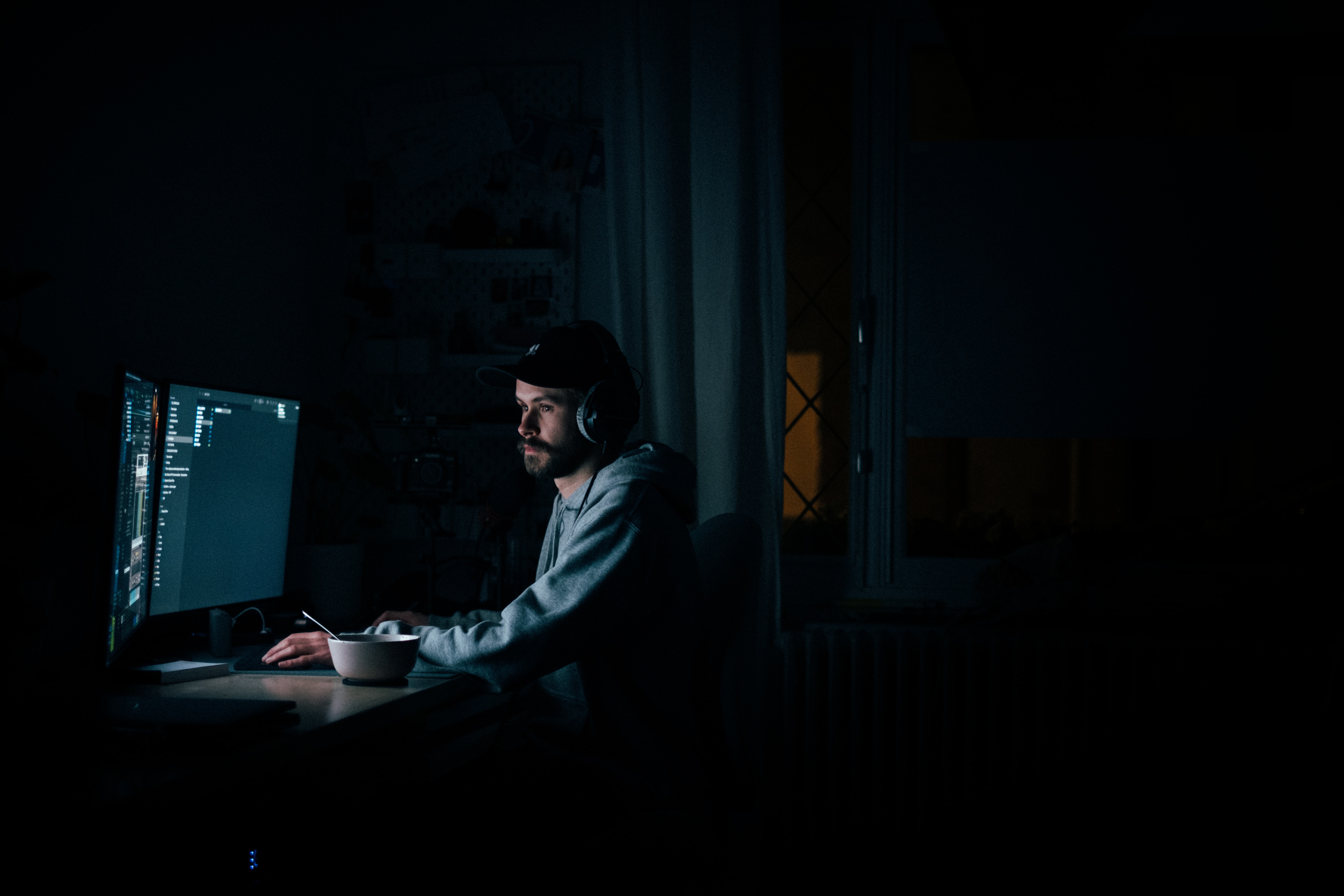Media release
From:
Attachments
Note: Not all attachments are visible to the general public. Research URLs will go live after the embargo ends.

Journal/
conference: JAMA Network Open
conference: JAMA Network Open
Research:Paper
Organisation/s:
Chinese University of Hong Kong, China
Funder:
Dr Yusuf is supported by the MaryW. Burke endowed chair of the Heart and Stroke Foundation of Ontario. The Prospective Urban Rural Epidemiology (PURE) study is an investigator-initiated study that is funded by the Population Health Research Institute, the Canadian Institutes of Health Research, Heart and Stroke Foundation of Ontario, Support from Canadian Institutes of Health Research’s Strategy for Patient Oriented Research, through the Ontario SPOR Support Unit, as well as the Ontario Ministry of Health and Long-Term Care, and through unrestricted grants from several pharmaceutical companies, with major contributions from AstraZeneca (Canada), Sanofi-Aventis (France and Canada), Boehringer Ingelheim (Germany and Canada), Servier, and GlaxoSmithKline, and additional contributions from Novartis and King Pharma and from various national or local organizations in participating countries.



 International
International


